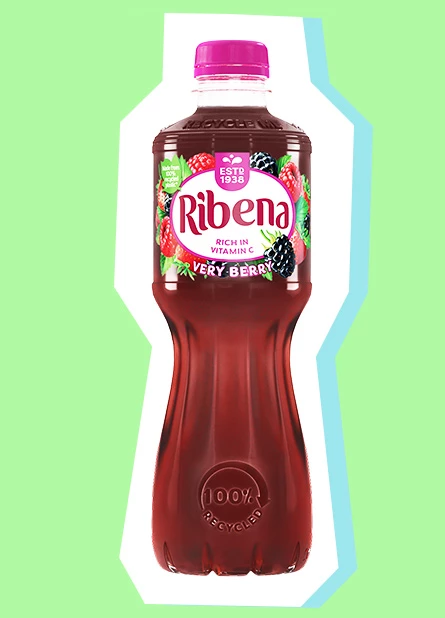What is circular economy for plastic packaging?


Consumers buy products

Consumers dispose of packaging
in recycling bins

Waste collectors separate and send to recyclers

Recyclers deliver
recycled resin

Logoplaste produces bottles with recycled material

"At Kraft Heinz we like to look at things from a holistic perspective, analyzing every aspect of the packaging life cycle and its impact.
How will it perform on the line? How will it protect and preserve the product?
What impact will it have on the shelves and with consumers?
Will it be recyclable? What is its overall environmental impact?
What are the trade-offs so that all processes are optimized and sustainable?
Logoplaste is an ideal partner to help us answer these questions and develop advanced packaging solutions that have a positive outcome on the world."
GUUS LUEB | Director, Global Packaging R&D
The Kraft Heinz Company
When it comes to recycling PET UHT milk bottles, Brazil leads the way. Find out how Logoplaste helped create a postconsumer recycling market that could supply a true bottle-to-bottle economy.

Logoplaste’s new client PETRONAS has adopted our wall to wall business model. Logoplaste bottles flow directly from production into the filling lines, eliminating 10 tons of CO2 emissions per year.
How? No bottle transport, no trucks circulating between plants.
But that is not all. The packaging uses an EBM multilayer technology that allows us to use recycled content to package lubricants. We expect to reduce by 750 tons the use of virgin resin per year.
Sustainable design, superior performance, less carbon, and more efficient production. It’s a new standard in creating value throughout the entire supply chain.

New 6g PET bottle replaces 10g HDPE bottle
Logoplaste Araras DPA aligned with Nestlé to meet our 2025 sustainability commitments. This new line of business provides the plant with the capacity to cater to more of Nestlé’s market segments and demands.

We could not be more proud to be able to put our Innovation Lab skills and our industrial know-how to work for Vitalis. It’s not only 100% recycled and 100% recyclable, it’s also the culmination of 10 years of optimizing bottle weight, materials, and performance.
- Lighter weight, high performance—less raw material needed
- True bottle-to-bottle solution — no waste when recycled
- It shows how consumers can make a difference and play a part in the recycling stream— recycling starts with all of us

Running circles around the competition
The New Ribena 500 ml bottle
100% recycled content, 100% bottle-to-bottle recyclable.

Launched at the end of 2020 after a year of effort, the new Ribena bottle creates a true circular economy for plastics.
Suntory Beverage and Food GB&I and Logoplaste worked through a total redesign of the original iconic bottle to produce a bottle from 100% recycled material that could be easily recycled.
The most important, and difficult, change: replacing a dark sleeve that prevented automated sensors from identifying the recyclable bottle underneath.
Replacing the sleeve with a small label was good for recycling, but we had to prove it didn’t harm the product, which was now exposed to light while on the shelf.
After extensive package and product testing, we were able to create a bottle that protected the product and could be easily sorted and recycled using industry-standard technology.